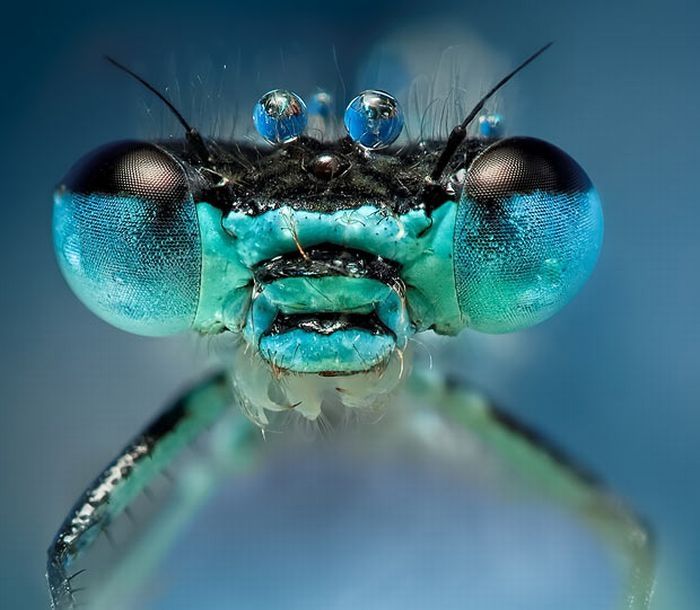|
|
Insect Macro Photography
|
Late Carboniferous and Early Permian insect orders include both extant groups and a number of Paleozoic species, now extinct. During this era, some giant dragonfly-like forms reached wingspans of 55 to 70 cm (22 to 28 in) making them far larger than any living insect. This gigantism may have been due to higher atmospheric oxygen levels that allowed increased respiratory efficiency relative to today. The lack of flying vertebrates could have been another factor. Most extinct orders of insects developed during the Permian period that began around 270 million years ago. Many of the early groups became extinct during the Permian-Triassic extinction event, the largest mass extinction in the history of the Earth, around 252 million years ago.
The remarkably successful Hymenopterans appeared as long as 146 million years ago in the Cretaceous period, but achieved their wide diversity more recently in the Cenozoic era, which began 66 million years ago. A number of highly successful insect groups evolved in conjunction with flowering plants, a powerful illustration of coevolution.
Many modern insect genera developed during the Cenozoic. Insects from this period on are often found preserved in amber, often in perfect condition. The body plan, or morphology, of such specimens is thus easily compared with modern species. The study of fossilized insects is called paleoentomology.
|
|









